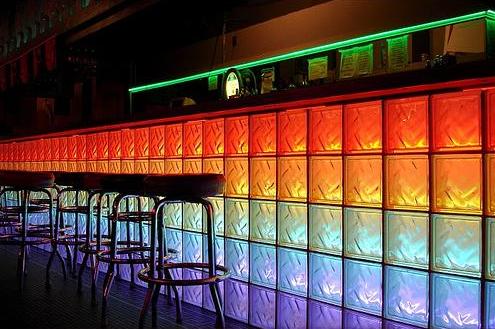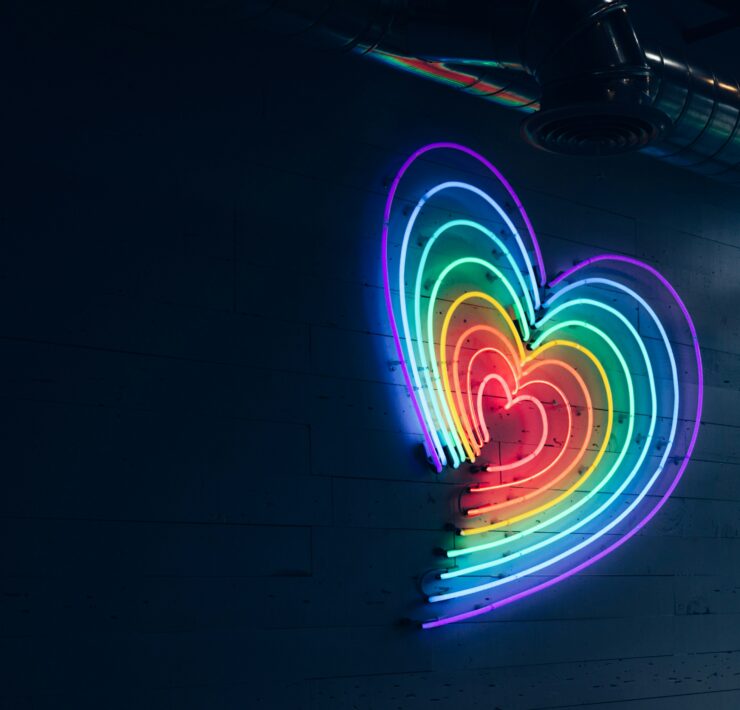From the Editor: How bars brought us together

Matthew Pizzuti Out Front Colorado's former managing editor.
Love it or not, lesbian and gay bars created our modern-day culture as we know it. From the time the first gay-friendly establishments popped up until the explosion of the Internet, bars were the dominant, and sometimes only, spots where it was safe for LGBT people to come out, let loose and find love and connection (anonymously if necessary), whether or not you already knew anybody you might bump into there.
Activists and academia have their places when it comes to LGBT terminology and political goals, but our most foundational and universal connections to each other — to being LGBT — exist where we relax and have fun. The lesbian and gay bars are our first place we go to check out the scene in a new city, to narrow down our own niche in the community, to find new friends and relationships, introduce straight acquaintances to a big part of our lives, and often to have our very first tastes of what’s out there when we come out.
In many cases bars have been the meeting places and even the driving force behind our activism: what’s often called the birth of the modern LGBT movement, the Stonewall Riots, are named for the New York City gay bar where that uprising took place. The first LGBT newspapers were called “bar rags,” distributed there, and that story includes Out Front. So many things about our culture — our drag shows, our sub-scenes and cliques, our slang, our gayborhoods, our favorite music — came from our bars and nightclubs.
Decades ago that was all common knowledge. But even with more LGBT visibility outside bars today, it still makes sense. Regardless of sexual orientation, Americans of all stripes spend time in bars. By day we work, pay bills, and have families and home lives looking increasingly like anybody else’s. That place where we’re different, where we exist as a culture and hang out with people who “get” us, is the club or pub we go at night. Some shake their heads that our community is most active in scenes that are often associated with casual hookups, and always associated with drinking; it’s good that now they exist alongside alternative types of gatherings for LGBT people of all values and preferences. But being LGBT has historically come with a lot of internalized anxiety, and even today we all experienced some of that when we were “new” to being out — a drink or two can offer a helpful kick. It’s far from the worst thing we ever used for that!
With so much influence over our social identities and lives, LGBT bar owners and managers have sometimes been looked to as political leaders — at times surprised to find themselves under similar public scrutiny, and always with a hand to play in the ways we gather and how we categorize ourselves into age or interest sub-groups. As a teenager, my first jaunt into a wider “gay scene” was at a Denver bar and club called the Fox Hole, where a $5 cover on special Thursday 16+ youth nights during the summer got you in for dancing and free refills of (alcohol-free) soda. Our circle was based on who went there: each week we carpooled or met in the gravel-paved parking lot to rally the group and introduce our straight female friends to our world, a loosely-bonded group of friends until college years pulled us apart.
That was 2003, and ten years later Denver’s closest comparison is Thursday nights at Tracks, where the throngs of young people — far more representative and diverse than my own generation’s — have grown exponentially. Denver’s bar scene, from Aqua to X Bar, can take heart that the crowd now coming of age is bigger than any we’ve seen here before. So while online networking sites, school organizations for LGBT youth, an increasing number of daytime social groups and a general rising tide of acceptance are all expanding social opportunities into other realms, I don’t think LGBT bars are going away any time soon.
I’m glad. It’s a good thing when communities have special places — physical places — where culture and connection can thrive and evolve, and influence is not based on being politically inclined. For many of us, LGBT nightlife is still what brings us to each other, meeting people we don’t come across anywhere else, but should. Whether you’re a regular barfly or it’s not your scene, I recommend stopping by once in a while to catch up.
What's Your Reaction?
Matthew Pizzuti Out Front Colorado's former managing editor.










